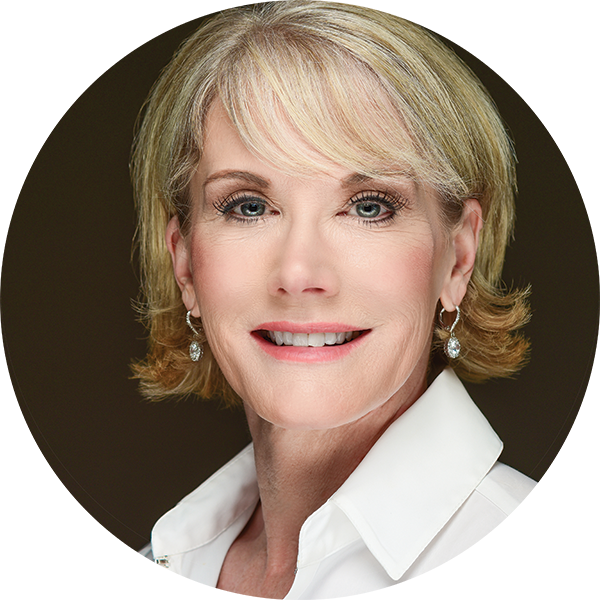
We all know that business owners and leaders have a need for business results. Without business results there is no business. But business owners and leaders and their teams are human. And humans have a need for connection. Trust is the bridge between the business need for results, and the human need for connection. Trust enables both; the human connection and the business results.
After the events of the last two years, business results have certainly gotten more challenging. And connection has become even more tenuous. So building a foundation of trust has only become more and more relevant in this business environment.
Trust building is a challenge because trust means different things to different people. It’s complex. It’s emotionally provocative. We have all had experience with trust, or the lack of it, but everyone’s experience is different, sometimes very different.
One of the primary reasons that trust building is often neglected or mishandled is that leaders aren’t using a valid model or measurement. We talk about trust in the abstract, as though we can inspire trust by agreeing on guiding principles or core values. But we don’t build trust by slapping words on paper or on a website, we build or break trust one way only. And that’s through our behavior.
A program like the Reina Trust Building Model®, which is the tool I use, measures the team’s state on specific behaviors that build or break trust. The dimensions measured are Trust of Character®(do you keep agreements, honor intentions, and meet your own and other’s expectations). In essence, are you walking your talk? Trust of Communication® (do you give and receive communication clearly, accurately, and openly?) Do you and I know where we stand on shared work? Is there an air of openness and transparency in our relationship and in our environment? and Trust of Capability® (do I have confidence in your competence to manage your demands and the expectations placed on you by leveraging those around you?) Are you earning my trust in your capability by helping me learn new skills, seeking my input and including me in decisions? All three of those dimensions can be measured by observing human behavior.
Building trust is not only essential for a healthy team, it also needs to be addressed in much the way you would address physical health. Think of the way we work with our medical providers to achieve optimal health in our bodies. When you go for annual checkups your doctor has a standard diagnostic protocol. They check your blood pressure, your heart, your lungs, probably do some blood work, maybe do some other tests, in order to assess the most basic conditions of your health. They establish a baseline, and if the results show you aren’t functioning at optimum health, they give some recommendations to boost it. If you’re feeling unwell, they run the diagnostics, compare to baseline, and again, give recommendations to improve overall health and wellness.
Whether we are working to further deepen trust in a high trust team or intervene in a team struggling with trust, we use the findings from the assessment to facilitate and coach the team to identify where they want to go to work on trust, define what will be different and how they’ll measure success.
And that is another reason trust building often fails, resulting in a high cost to both the business results and the human need for connection, is that leaders wait until the lack of trust is obvious then treat trust building like an event. But what we know when it comes to building trust is that we build it incrementally over time. And it is reciprocal. So in the work I do we begin by recognizing that trust begins with me, I can’t wait for somebody else to take the first step, I have to model trust through my behavior in order to increase trust on a team-wide or organization-wide basis. I must invest in my own health, so to speak, before I can hope, let alone expect, to be part of a healthy team or organization.
If trust is the bridge between the business needs and the human need for connection, it’s also true that The Six Facets of Human Needs™ are instrumental in building trust. Clarity, especially, is essential in building trust because it informs our expectations and communication. Being clear on what we can depend on from one another, using clarity in giving and receiving open and honest feedback, and having a firm grasp on our role and purpose within the organization so that we can exhibit our own trustworthiness by filling that role to the best of our ability, all enhance our ability to behave in ways that build incrementally greater levels of trust.

